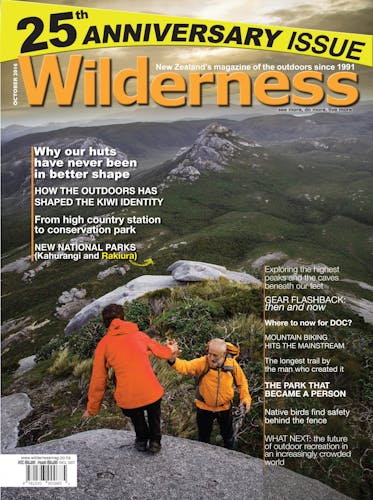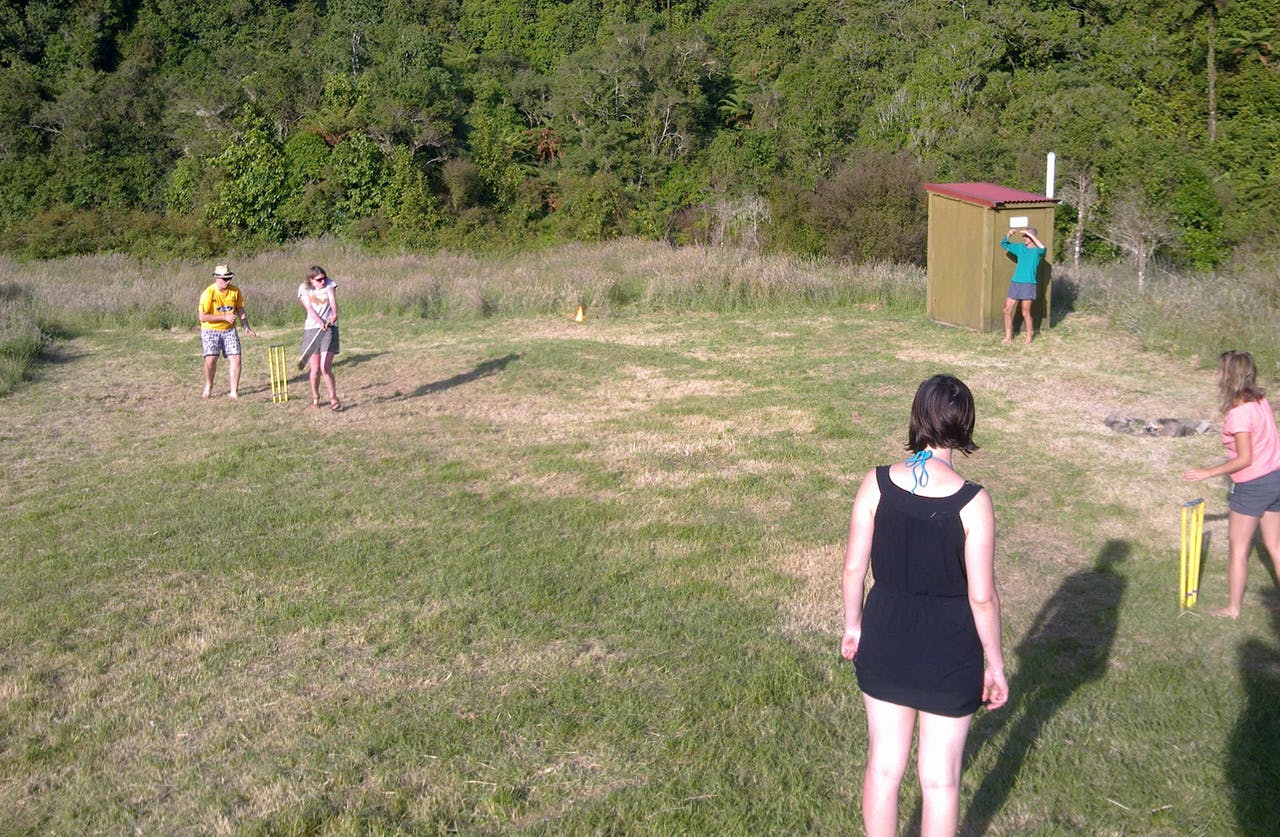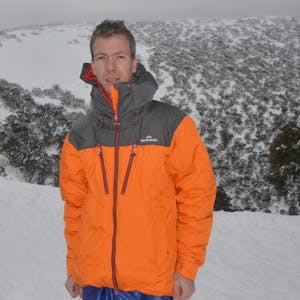Extended family camping holidays at a hut are a good way to discover hidden secrets often missed by those passing through
In a previous column I spoke about the concept of having a ‘holiday in a hut’. I used the term slightly metaphorically, or perhaps in an advertising jingle sense, as a way of looking at tramping as a varied, multi-faceted recreation.
I thought of it as a sort of re-branding exercise, a way to shed the negative connotations that sometimes are associated with tramping: the long and pointless toil – the dull, muddy trudgery (I think I just coined that word). But it occurred to me not long after that I was also being literal. You can have a holiday in a hut. In fact, I’ve done it so many times that it has practically become a family tradition. And you can do it, too.
Kiwis have a fond attachment to camping. The attraction is usually the low cost, the joy that it brings to kids, the novelty of improvising and re-establishing comfort with basic facilities, and the proximity to attractive, natural environments.
I can’t remember who in our family had the idea to organise a summer camping holiday in a hut, but it was an inspired one. For three years straight, we drove to Otaki Forks, on the western edge of the Tararua Range, and set up shop at Parawai Lodge for a few days. It wasn’t quite camping and it wasn’t quite tramping, although there were definitely elements of both. And it didn’t take long for us to ask ourselves, ‘Why has no one thought of this before?’
Parawai Lodge is perfect as a base for a holiday (but there are undoubtedly many others around the country that are equally suitable). For a start, it’s close to a road end. You can carry everything you need from the car, including a cricket set, deck chairs, inflatable boats, and just about anything else you would normally take camping. Being close to a road end also means people who are less mobile and can’t walk a long way – including small children and people with disabilities – are able to join in and experience staying in a tramping hut.
Parawai Lodge is fortunate enough to have a ready-made sports field, even if the cricket pitch could benefit from the heavy roller. When not playing at the sports field there is a multitude of other activities to fill your itinerary.
A favourite is scrambling up a gully behind the hut to gain the grassy plateau that overlooks Otaki Forks, and from where the tracks to Field Hut and Waitewaewae Hut start. For a day-walk, Field Hut (three and a half hours away) is a great destination, and tramping newcomers are usually struck with a sense of achievement at having climbed to the oldest purpose-built tramping hut in the ranges.
Another popular excursion is a less well-known route to the Otaki River from a track off the old Penn Creek Hut route, once well-trodden before it was closed due to slip damage. To find it, look for a side-track leading down to your left just after entering the cover of bush. The track leads to a picture-perfect swimming hole where you can spend an entire day jumping off rocks into deep pools, sunbathing and exploring upstream.
Back at Parawai Lodge, nights have been spent making a fire, playing games of Tararua Tramping Monopoly (I’m afraid to say there’s only one board in existence) and writing and performing plays. For a family that loves the outdoors and can’t sit still, even when on holiday, a few days at Parawai Lodge are perfect. What made it special was that its hidden secrets were revealed only after slow, considered inspection. We wouldn’t have made the discoveries we did if we had just been passing through.
I understand that advocating using a hut as a de-facto campground may cause some controversy. The last thing anyone wants is hoards of people monopolising (sometimes literally!) public huts, which are meant to be shared facilities. Parawai Hut is unique in that it is rarely used overnight by trampers, and if you do get arrivals it’s large enough to accommodate them. It also has surrounding infrastructure such as flush toilets at the car park to support a brief influx of people.
To be avoided are the ultra-popular areas, where you would disrupt the orderly short-term flow of visitors, and where your own serenity would be disrupted.
But by finding your own quiet corner of the country and adopting a hut as a short-term holiday-home, you might start a memorable and enduring family tradition.







